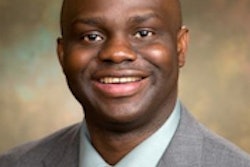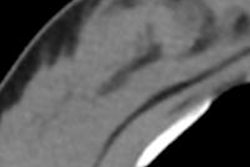Wednesday, December 4 | 11:50 a.m.-12:00 p.m. | SSK01-09 | Arie Crown Theater
Breast tomosynthesis speeds diagnostic workups, resulting in more efficient patient throughput and use of resources, according to Yale University researchers.During this Wednesday session, Dr. Reni Butler and colleagues will present findings from a study that compared patient throughput using tomosynthesis versus conventional digital mammography for both screening and diagnostic exams.
The study included mammograms taken before and after tomosynthesis was introduced at Yale Cancer Center. In the year before tomosynthesis was implemented, 9,462 screening and 4,611 diagnostic exams were performed on three digital mammography devices, for a total of 14,073 exams, or 4,691 per unit.
After tomosynthesis was incorporated into clinical practice, 11,101 screening and 5,357 diagnostic exams were performed, for a total of 16,438 exams. The tomosynthesis device alone was used for 7,913 screening and 3,594 diagnostic tests; the remaining screening and diagnostic exams were performed on the three 2D units.
The single tomosynthesis unit handled 2.5 times more exams than the individual 2D units, according to Butler's group, and the total number of views per diagnostic patient decreased 11% with tomosynthesis versus conventional digital mammography, from 4.6 views per patient to 4.1. In addition, spot views decreased by 57%, from 0.97 views per patient at 2D mammography to 0.42 views at tomosynthesis.
These findings show that tomosynthesis decreased the number of images necessary for diagnostic cases, which translates into better patient throughput, the researchers concluded.




















